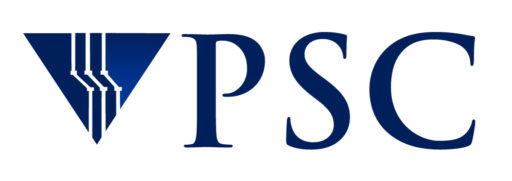Synergistic Voyage
ECSS Collaboration Speeds, Expands Microrobotic Simulations
Since the science fiction novel Fantastic Voyage—and before—people have been fascinated with the idea of shrinking our tools so that we could carry out miniature tasks with extreme precision. While the field has some way to go, PSC helped Carnegie Mellon University researchers rewrite their software for simulating microrobots, enabling them to move the program to the supercomputing environment and helping them test many more ideas than possible by creating physical robots to test every idea in the lab.
“The boundary-element method cut simulation times from days to minutes, even on their lab machine. With the supercomputer, they can do ultra-high-resolution or complex simulations.”—Anirban Jana, Pittsburgh Supercomputing Center
Time-lapse microscope images of a (non-simulated) micro-robot, a hundredth of an inch across, carrying a microscopic plastic bead (the robot is the larger of the two black circles). The robot picks up the bead magnetically, and moves it by spinning it around as the robot moves. Reproduced from Journal of Applied Physics 112, 064912 (2012); doi: 10.1063/1.4754521, with the permission of AIP Publishing.
